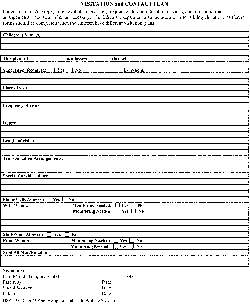Vol. 15, No. 1 • November 2010
Visitation Plans in North Carolina
In North Carolina, birth families have a right to visit their children unless a judge orders otherwise. To ensure that visits occur, North Carolina’s child welfare manual directs county departments of social services to develop a visitation and contact plan with each parent. These plans are required unless a court orders termination of visitation or termination of parental rights.
Visitation and contact plans in North Carolina are developed by the child’s worker with the involvement of the parents, other family members, the child (if appropriate), foster parents, and relevant others, such as a child’s therapist. The manual suggests that in addition to the frequency of visits, the visitation and contact plan should address the following crucial elements:
- Where visits will be held
- How long visits will be
- Transportation arrangements for the parents and the child
- Individuals, other than the parents, with whom the child may visit
- Whether visits will be supervised, by whom, and for what purpose
- Anticipated changes in the visiting arrangements as the case progresses
- A clause requiring advance request for visits other than those regularly scheduled
- Explanation of possible consequences if parties do not carry out their responsibilities
- Whether other kinds of contacts are appropriate (e.g., telephone calls, e-mails, letters) and whether monitoring of these forms of contact is needed.
Agencies use the DSS form 5242 (click on the image below) to develop the visitation and contact plan. In general, it is a good idea for foster parents to know what is in the visitation plan; some agencies ask foster parents to sign this form and share a copy with them. To read about parent-child visitation in the manual, go to <http://info.dhhs.state.nc.us/olm/manuals/dss/csm-10/man/CSs1201c5-10.htm#P337_53194>.

